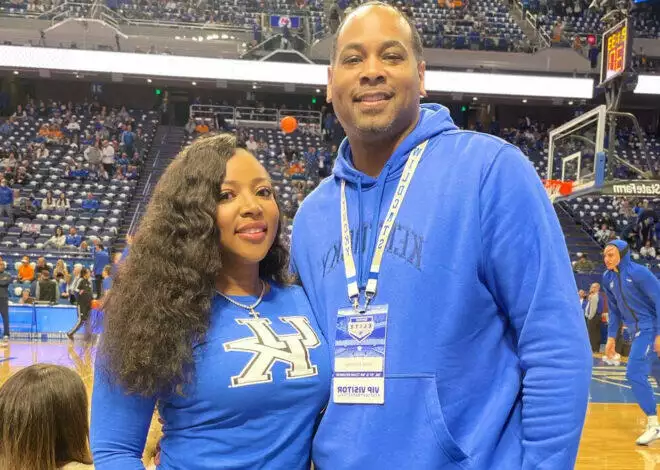Each ambitious woman discovers her own ugly truth: along the path to success, you’ve gotta watch out for the false doors, the smoke and mirrors, the landmines disguised as bouquets of roses. Expect them when you least expect them.
Sheryl Sandburg’s famous Lean In philosophy didn’t quite capture this part.
Yes, lean in. Work hard. Work smart.
But recognize that workplaces, especially the most powerful, highly compensated, male-dominated echelons of politics, journalism, business and law, are padded with prejudice against new blood types.
Years of lawsuits and “firsts” mean the front doors to success in these fields are unlocked. The system admonishes young women early in their careers that it is your fault if you don’t lean in. But as women get closer to the top of their industry or organization, the same system whispers: don’t lean in too hard, don’t reach too high or succeed too well.
Because then, the trap door opens.
Jill Abramson, the executive editor at the New York Times until a few days ago, certainly leaned into her journalism career. After decades at Time Magazine, Legal Times, The American Lawyer and The Wall Street Journal, at age 57 she became the first female executive editor in the New York Times’ 160-year history. She had impeccable journalistic credentials, acquired legions of fans and critics as any forceful editor does, and her reporters earned eight Pulitzers on her watch.
Along the way, she inspired and mentored hundreds of women. Probably a few men too. Yet waiting at the end of her rainbow, instead of Sheryl Sandburg’s pot of gold, lay a messy public firing and limp accusations from detractors about her “style” and “chemistry.”
Four decades ago when Abramson started her career, prejudice against women and minorities was brazen at the New York Times and most news outlets. Women and minorities didn’t have a voice in mainstream media. Only forty of the Times’ four hundred and twenty-five reporters were women, according to writer Ken Auletta’s 2011 profile in the New Yorker. There were no female or black photographers, columnists, or editorial-board members.
In the late 1970s, after multiple lawsuits alleging discrimination, the Times became more proactive about hiring and promoting staffers who weren’t white men. By 2010, forty-one per cent of the editors and supervisors were women; just under twenty per cent of all employees were minorities; and thirteen per cent of supervisory positions were held by minorities.
Then in 2011, Jill Abramson came along. A native New Yorker and a member of the 1972 Harvard/Radcliffe class that first merged merge male and female students, Abramson’s ambitions shone early. She worked as a stringer for Time Magazine while still an undergraduate. In the 1980s she joined the Wall Street Journal, covering the DC legal world for nearly 20 years, and in 1997, The New York Times recruited her. She took the top job in 2011.
Despite her reputation as one of the most incisive, talented newspaper editors in America, Jill Abramson lost her job last week, after what another Times editor dismissed as a “short but meaningful” three years. Criticized as brusque, egotistical and abrasive – terms that are often twisted into compliments to describe a male leader who is direct, self-confident, and efficient – Jill Abramson of course had detractors and competitors. And naturally she made mistakes.
Perhaps the biggest one of all was her championship of other women. Many female trailblazers are allowed to shine, as long as they don’t champion others of their ilk; here lies the genesis of the criticism that female bosses can be the last place a woman turns for support. A single successful woman doesn’t threaten any entrenched power structure. It’s useful to biased workplaces, in fact, because a singular success story can gaslight an institution’s widespread, all too real prejudice. But Abramson was committed, in a big way, to increasing women and minority voices at the paper.
In 2013 alone, Slate’s outlines in “Woman at the Top of the Masthead,” she installed political editor Carolyn Ryan in place of David Leonhardt as Washington bureau chief; replaced national editor Sam Sifton with weekend editor Alison Mitchell; put Pamela Paul in charge of the Sunday Book Review where suddenly more women appeared, both as female authors and critics. Abramson created a race and ethnicity beat at the paper, tapping national correspondent Tanzina Vega to cover it; she poached star local D.C. reporter Nikita Stewart from the Washington Post to report on New York politics; she appointed Margaret Sullivan as the first woman to hold the position of public editor. Abramson clearly wanted to change the Times overall, not just to slip herself quietly through its cracks.
The system didn’t like this.
She was leaning in too hard; here is where trapdoors come in handy. The Times tried to get her to go quietly with a tasteful resignation. Instead, Abramson hired a lawyer after discovering she’d been paid less than her male peers for every position she’d held at the Times. She also demanded a public firing. As a savvy parting shot, she used her dethronement to spotlight the prejudice she has spent her career rallying against.
So the Jill Abramson story marks bumpy and albeit slow progress to equal pay, equal rights, and equal opportunities for women at work. Detours and derailments abound. Only the toughest, smartest, most diplomatically adept, star-kissed women will succeed in becoming the first female president, the first female executive editor of the New York Times, the first female head of General Motors.
Much has been made of the fact that a black man, the well-liked Dean Baquet, will take Jill Abramson’s job; more gaslighting, and perhaps more evidence that America at large finds black men less threatening as potential leaders than women.
The good news is that today we have many Jill Abramsons. Her brusque, abrasive, canny skill has made the working world better for ourselves, our daughters, and even our sons. No matter where you work — the New York Times, the PTA, or in your own backyard – her success should warm every mother’s heart. And fire us up, because the women who remain at The New York Times and every other American workplace have more leaning in to do.
(Photo of Jill Abramson, posted on Instagram by her daughter)





